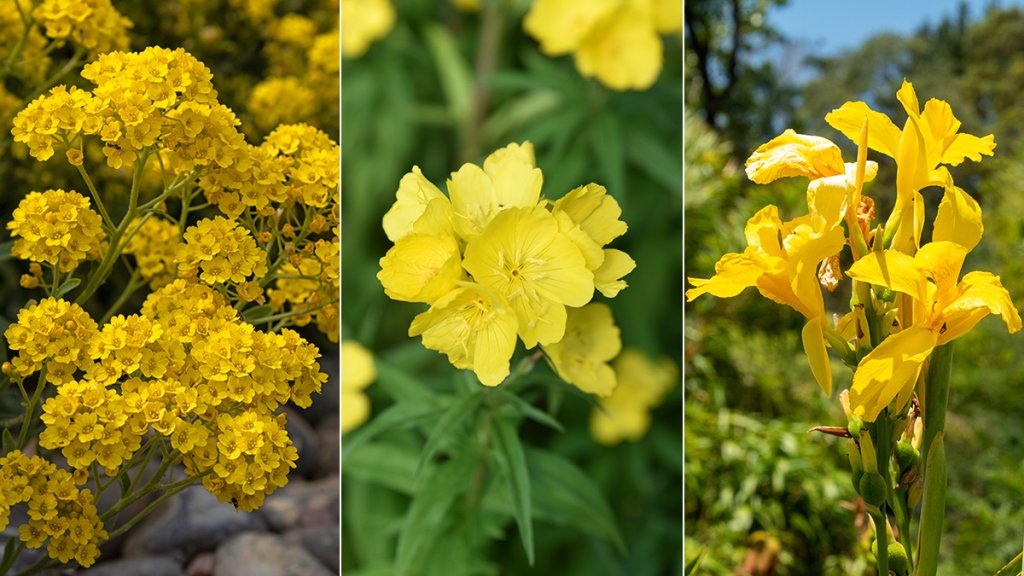Herbs have always been confused about why to use them, what difference they are going to make in our food, whether they are edible or not, and many other things.
People think a lot of things before adding herbs to their diets. We all are consuming herbs in one form or another, and maybe some people do not even know that they have been consuming herbs without even noticing.
Flowering herbs are used in day-to-day life in a lot of ways; some use them as medicinal remedies, and some use them in food because they give aroma and flavor to the food.
Yellow flower herbs have always been one of the most popular garden planting choices. But you cannot just roam around consuming every herb with yellow flowers, and you should know Which Flower it is.
Proper plant identification is essential, and it is not a lot to go through this article. It will be helpful for you.
Here we are going to enlist and explain to you about the 14 yellow flowering herbs: the most beautiful herbs with Yellow Flowers;
1. Evening Primrose
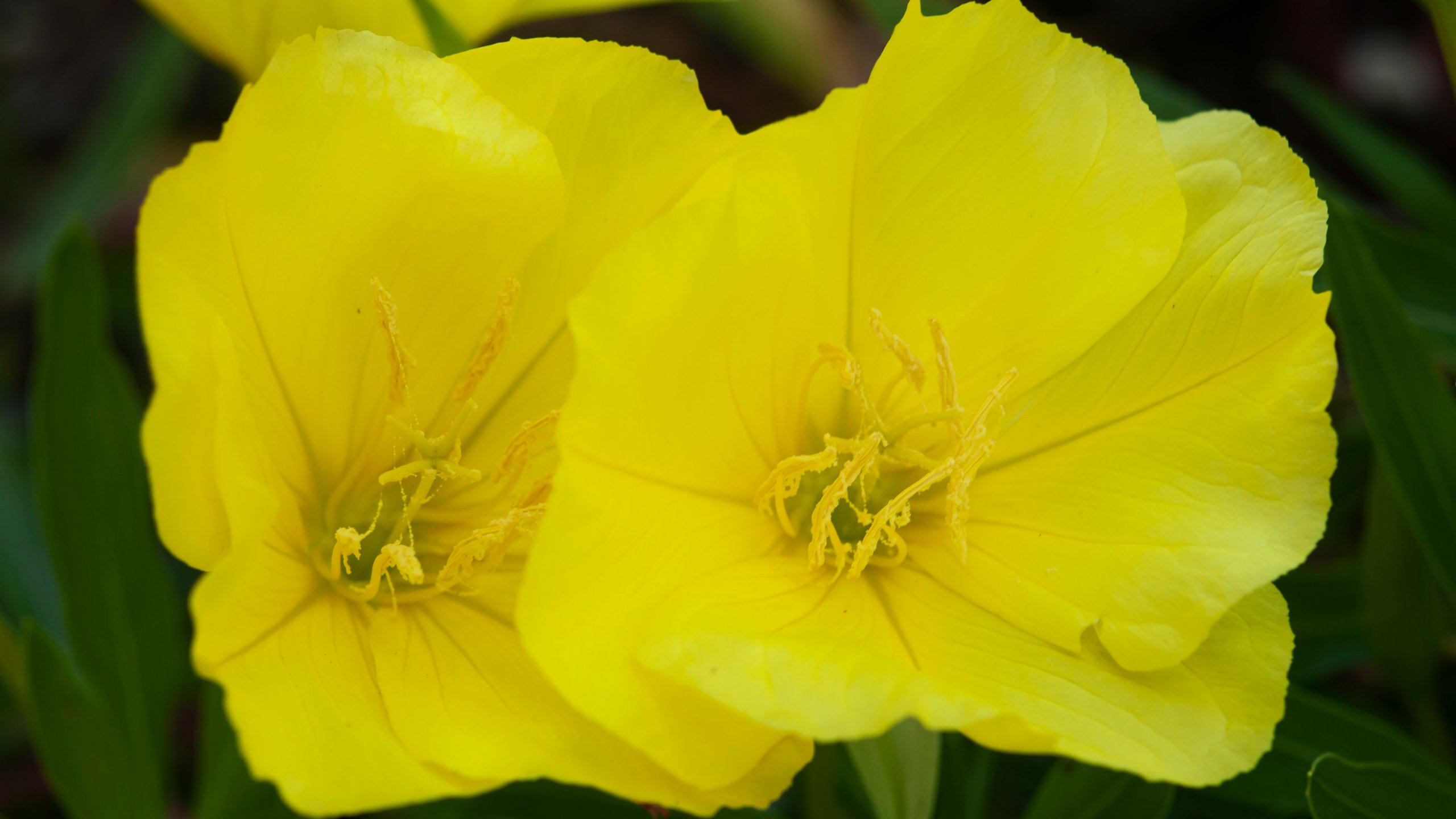
Evening Primrose, a native to North America, is renowned for its bushy appearance and fragrant yellow flowers. This yellow flower herb is highly appreciated for its vibrant blooms and medicinal seeds.
The seeds of Evening Primrose are a treasure trove of fatty acids, making them a vital ingredient in Evening Primrose oil, widely used for skin care.
Ideal for USDA growing zones 3-9, this herb thrives in full sun and well-drained soil. It’s a perfect addition to your garden, where it can spread out and add a splash of yellow.
For those with limited space, fear not – Evening Primrose adapts well to container gardening. Just ensure it receives ample sunlight.
By planting Evening Primrose, you not only enhance the aesthetic appeal of your garden with its luminous yellow flowers, but also benefit from its seeds, rich in essential fatty acids, which are key for healthy skin.
2. Sunflower
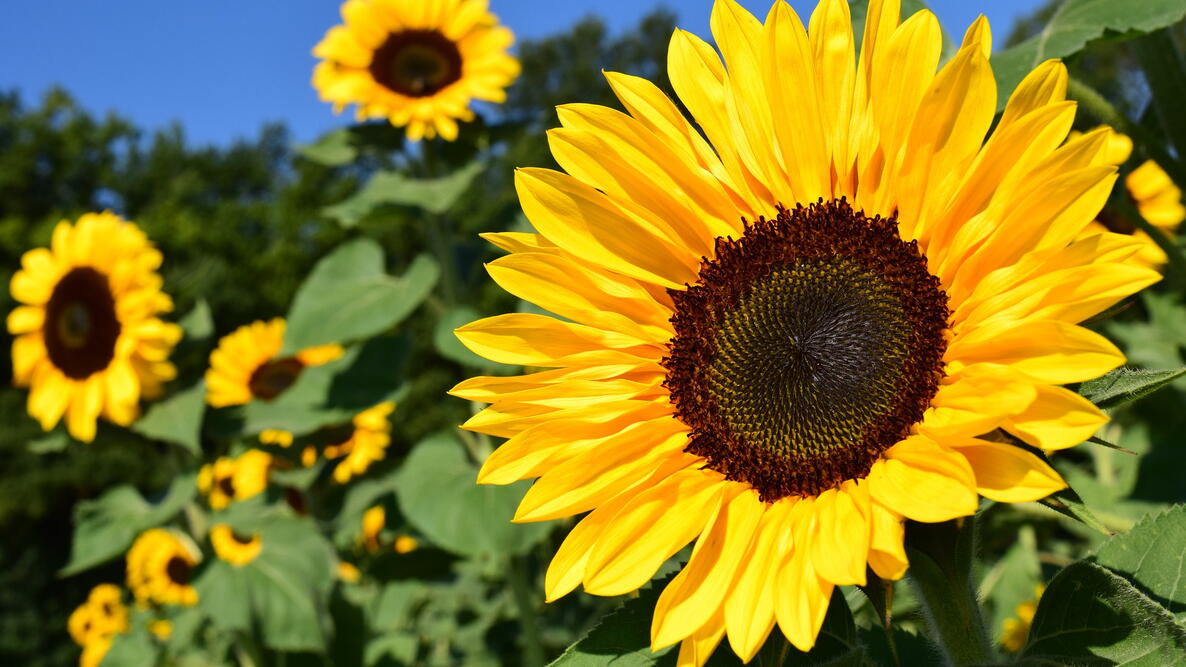
Sunflowers, with their iconic sun-like appearance, are a dazzling addition to any garden. Known scientifically as Helianthus annuus, these majestic yellow flowering herbs are renowned for their large, round flower heads that mimic the sun’s shape, contributing to their global popularity.
Sunflowers are versatile, thriving in USDA growing zones 2-11, making them suitable for a wide range of climates, from temperate to certain tropical regions.
These yellow flowering herbs are not just visually stunning but also serve practical purposes. They are cultivated as food crops for humans and livestock, offering nutritional seeds and oil.
Sunflowers come in various types, including dwarf varieties that fit smaller spaces and tall, wild varieties that create a striking presence in your garden.
Growing sunflowers is relatively straightforward, making them an excellent choice for gardeners of all levels. They prefer full sun and well-draining soil, thriving best when they receive ample sunlight.
By including sunflowers in your garden, you can enjoy their radiant yellow blooms while benefiting from their nutritional seeds.
3. Calendula
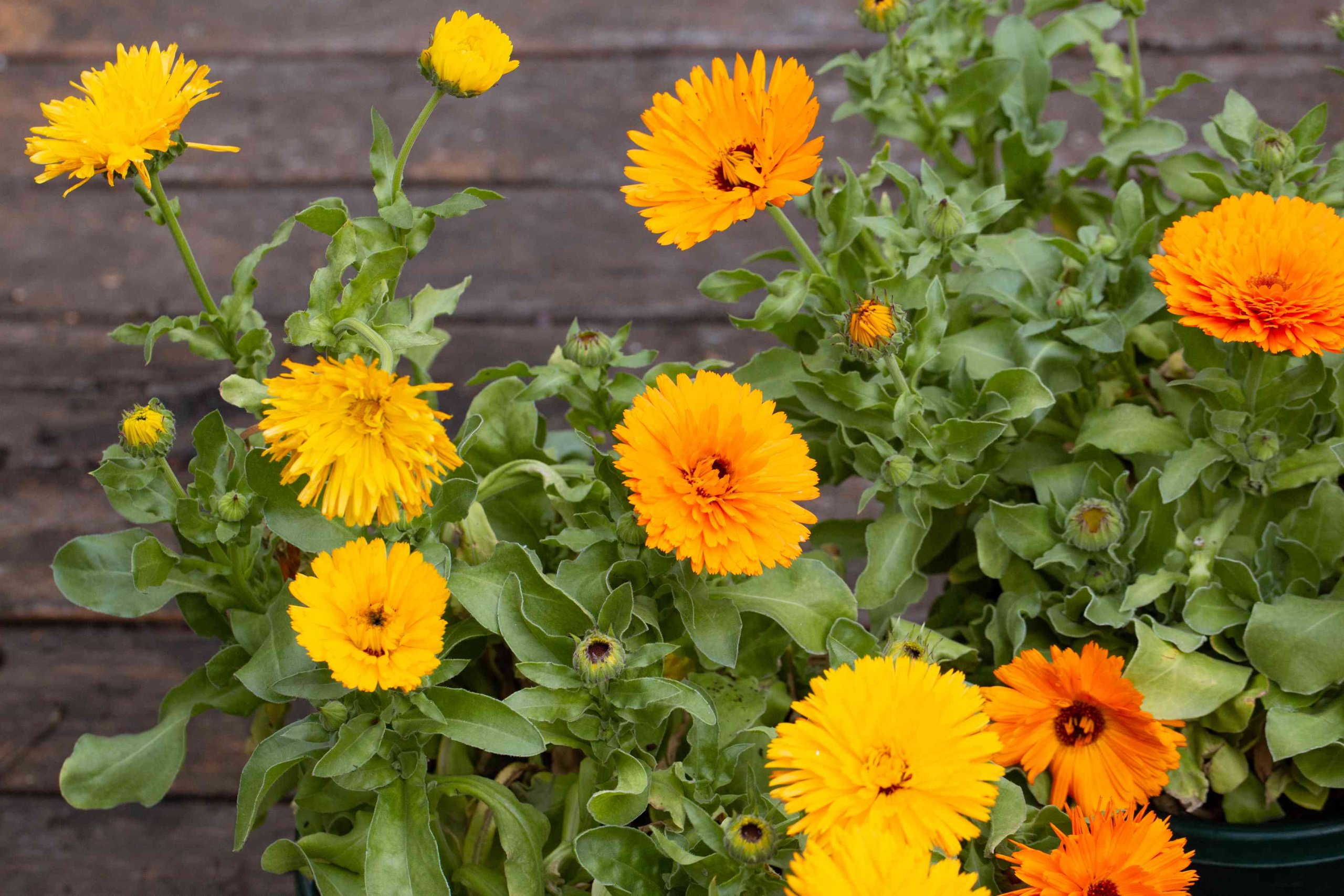
Calendula, commonly known as Pot Marigold, is a captivating yellow flowering herb that is a delightful addition to any garden.
Thriving in USDA zones 2-11, Calendula is versatile and grows well in a variety of climates, especially flourishing in full sun and well-drained soil.
Apart from its ornamental value, Calendula is revered for its medicinal properties. The dried flowers are often used in herbal teas, salves, and balms, offering relief from skin irritations, minor burns, and scars.
Its anti-inflammatory and antimicrobial properties make it a go-to herb for natural healing.
An interesting aspect of Calendula is its role as a trap plant in gardens. By attracting pests, it protects neighboring crops, making it an essential component of an organic pest control strategy.
This herb blooms profusely, especially in summer, adding a vibrant splash of yellow to your garden while serving multiple practical uses.
4. California Poppy Seeds

The California Poppy, a renowned yellow flowering herb, is celebrated for its ease of cultivation and vibrant beauty.
Belonging to the poppy family, this herb is especially favored for its various species of yellow wildflowers, making it a popular choice among gardeners globally.
Thriving in USDA zones 5-10, California Poppies are well-suited for a range of environments, particularly excelling in dry conditions.
They are low-maintenance, requiring only light watering, and are known to flourish even in poor soil. Planting the seeds is simple – just sow them into the soil and watch them sprout as the temperature warms.
Beyond their aesthetic appeal, California Poppies are valued for their health benefits. The leaves of this herb are used for their relaxing properties, aiding in mild pain relief and digestion and even alleviating allergy symptoms.
5. Nasturtiums
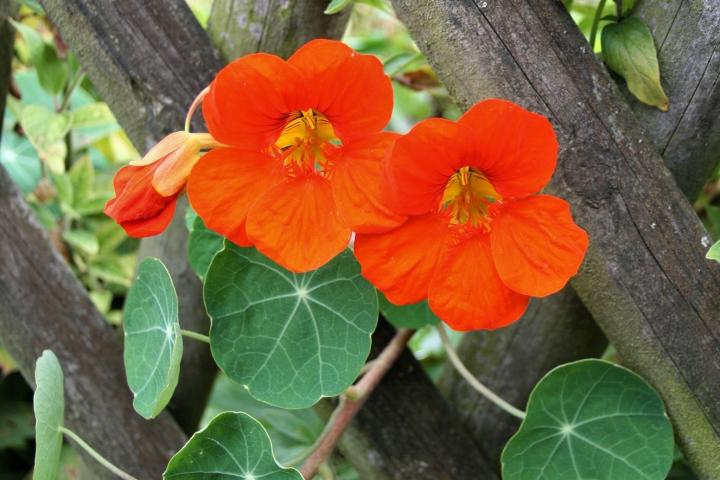
Nasturtiums, known for their elegance and vivid yellow blooms, are a superb addition to any garden.
This yellow flowering herb serves a dual purpose; it’s not only aesthetically pleasing but also acts as an effective trap crop. By attracting pests,
Nasturtiums protect other plants in your garden, playing a vital role in natural pest control.
Adaptable to USDA growing zones 9-11, these herbs flourish even in poor soil conditions and require minimal watering, only needing attention when the soil is completely dry. Their low-spreading nature makes them easy to grow and manage.
Nasturtiums are not just ornamental; they are edible and possess medicinal properties. Rich in Vitamin C and boasting antibiotic qualities, they are a healthy addition to your diet.
6. Daffodils

Daffodils, with their iconic yellow blossoms, are quintessential to any collection of yellow flowering herbs.
Their beauty and long-lasting bulbs make them a staple in gardens across a wide range of climates. Known for their durability,
Daffodil bulbs can thrive for years, making them a long-term addition to your garden.
Suited for USDA zones 3-10, Daffodils are versatile and can be grown in most parts of the US, with the exception of extremely hot southern regions.
These plants prefer rich, moist soil and can adapt to both full sun and partially sunny areas, giving you flexible planting options.
The charm of Daffodils lies not just in their bright yellow flowers but also in their ability to enhance the overall appeal of your garden.
7. Greater Celandine
Greater Celandine, also known by intriguing names like Eye Herb, Wart Weed, and Tetter Wort, is a striking yellow flowering herb.
It is recognized for its small, bright yellow flowers and thick, fleshy taproot. This herb requires a well-draining position to flourish and is adaptable to a wide range of climates, thriving in zones 5-8.
Whether it’s cold, snowy, or tropical conditions, Greater Celandine can adapt and thrive. An interesting aspect of Greater Celandine is its sap, which is bright orange.
While the flowers and leaves are visually appealing, care should be taken when handling the plant, as the sap has an unusual smell and an unpleasant taste.
8. Toothache plant/ Paracress
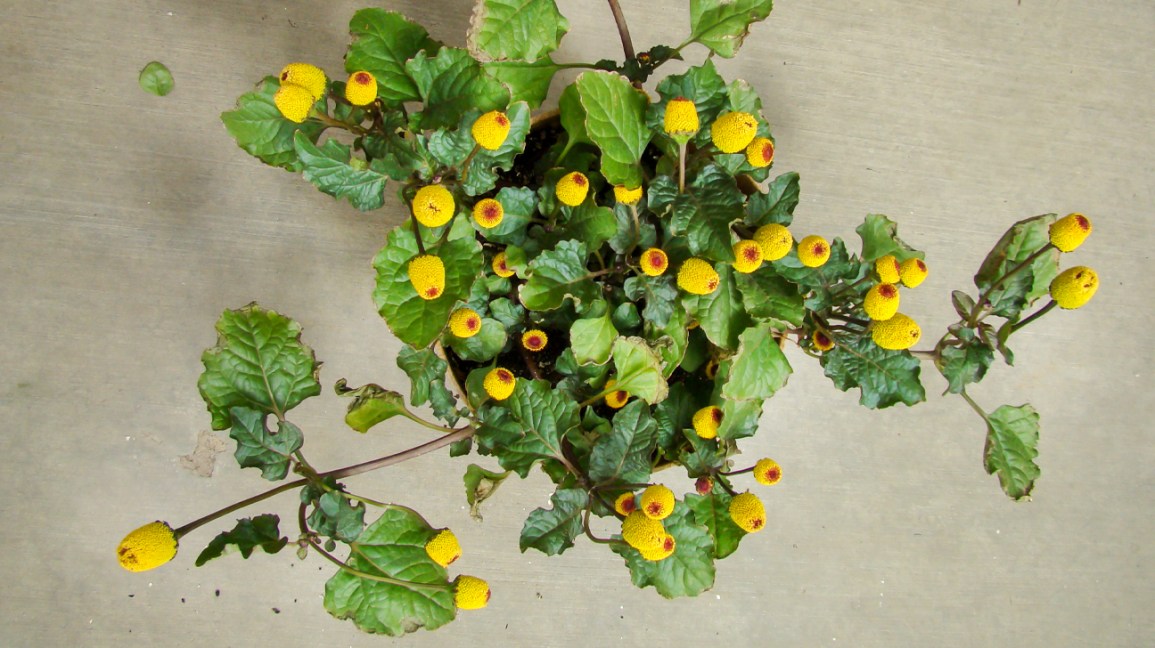
The Toothache Plant, or Paracress, scientifically known as Acmella oleracea, is a fascinating yellow flowering herb, also popularly known as the eyeball plant.
Its distinctive round yellow flowers with dark red spots in the center are not only visually striking but also have a unique flavor reminiscent of Sichuan Pepper.
Thriving best in USDA zones 9-11, this herb loves full sun and can be a vibrant addition to your garden. The Toothache Plant is renowned for its medicinal properties, particularly in providing relief from sore throats and mouth pains.
It can be consumed as a tea, offering a natural remedy for oral discomfort.
In addition to its medicinal uses, Paracress is used in culinary applications in some regions. Its unique flavor adds an exotic touch to various dishes.
9. Tansy
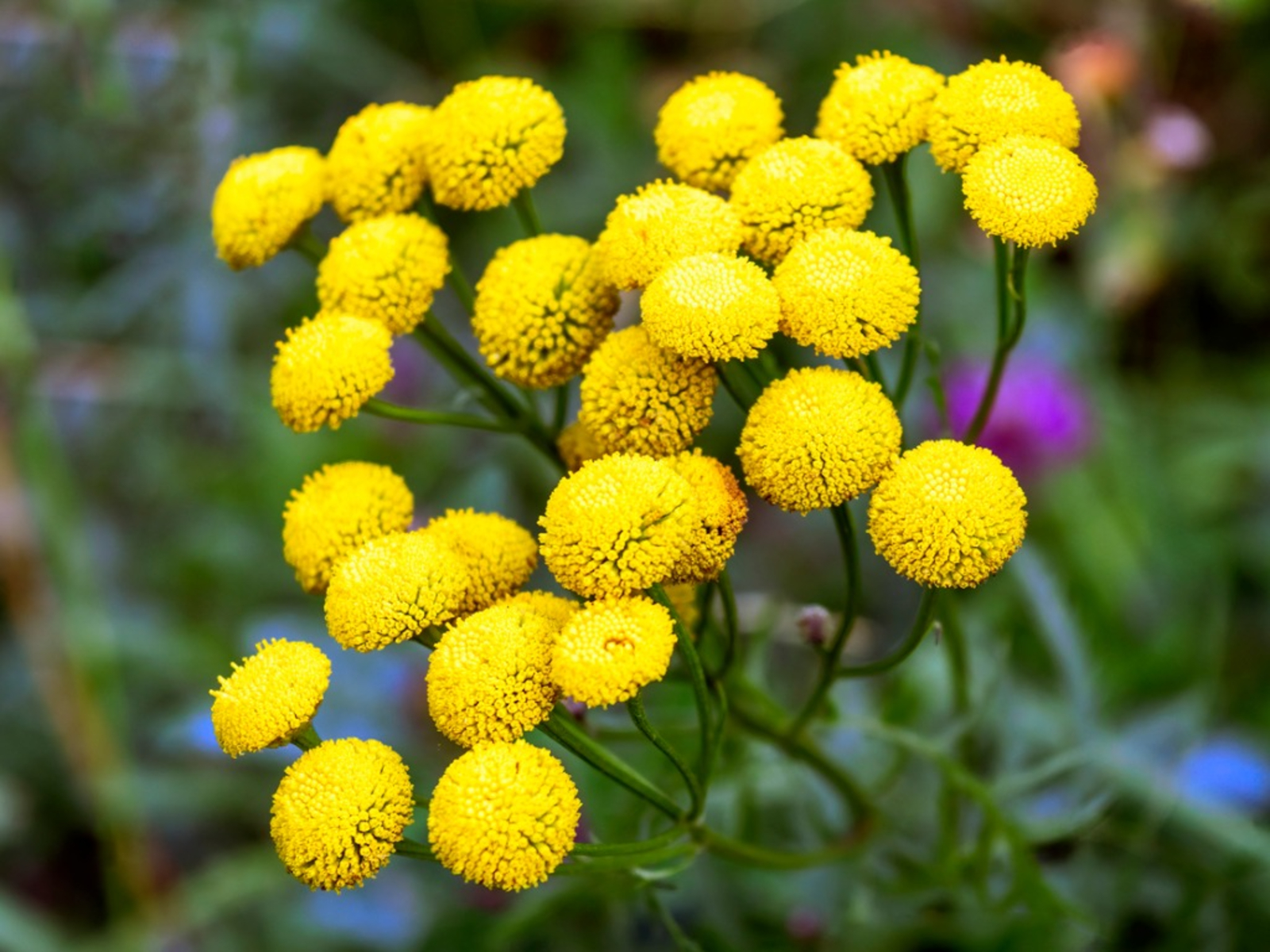
Tansy, scientifically known as Tanacetum vulgare, is a captivating yellow flowering herb that is a favorite among gardeners.
Its unique, button-like yellow flowers, which bloom in mid to late summer, give it a distinctive appearance. These flat-topped flower heads add a charming touch to any garden setting.
Tansy is adaptable to a range of environments and is particularly hardy in USDA zones 3-8. It thrives in dry conditions, making it a low-maintenance choice for gardeners.
The herb has a camphor-like scent with a hint of rosemary, adding not just visual but also aromatic appeal to your garden.
While Tansy is aesthetically pleasing, it’s important to note that its leaves and flowers can be toxic when consumed in large quantities.
However, Tansy oil, derived from this plant, is popular in skincare and valued for its potential therapeutic properties.
10. Dandelion

Dandelion, known scientifically as Taraxacum officinale, is more than just a common weed; it’s a valuable yellow flowering herb. Once regarded merely as a pest, Dandelions have gained recognition for their beauty and utility in gardens.
Flourishing in USDA zones 3-10, they are incredibly adaptable and can thrive in a variety of conditions.
This herb is not only visually appealing with its bright yellow flowers but also a powerhouse of health benefits.
The leaves and roots of Dandelions are rich in vitamins, minerals, and fibers. They are commonly dried and used to make Dandelion tea, which is known for its relaxing properties and benefits in pain relief.
Additionally, dandelions have been noted for their potential to aid in blood sugar control and cholesterol reduction.
Their high nutritional value makes them a worthwhile addition to both your garden and diet.
11. Goldenrod
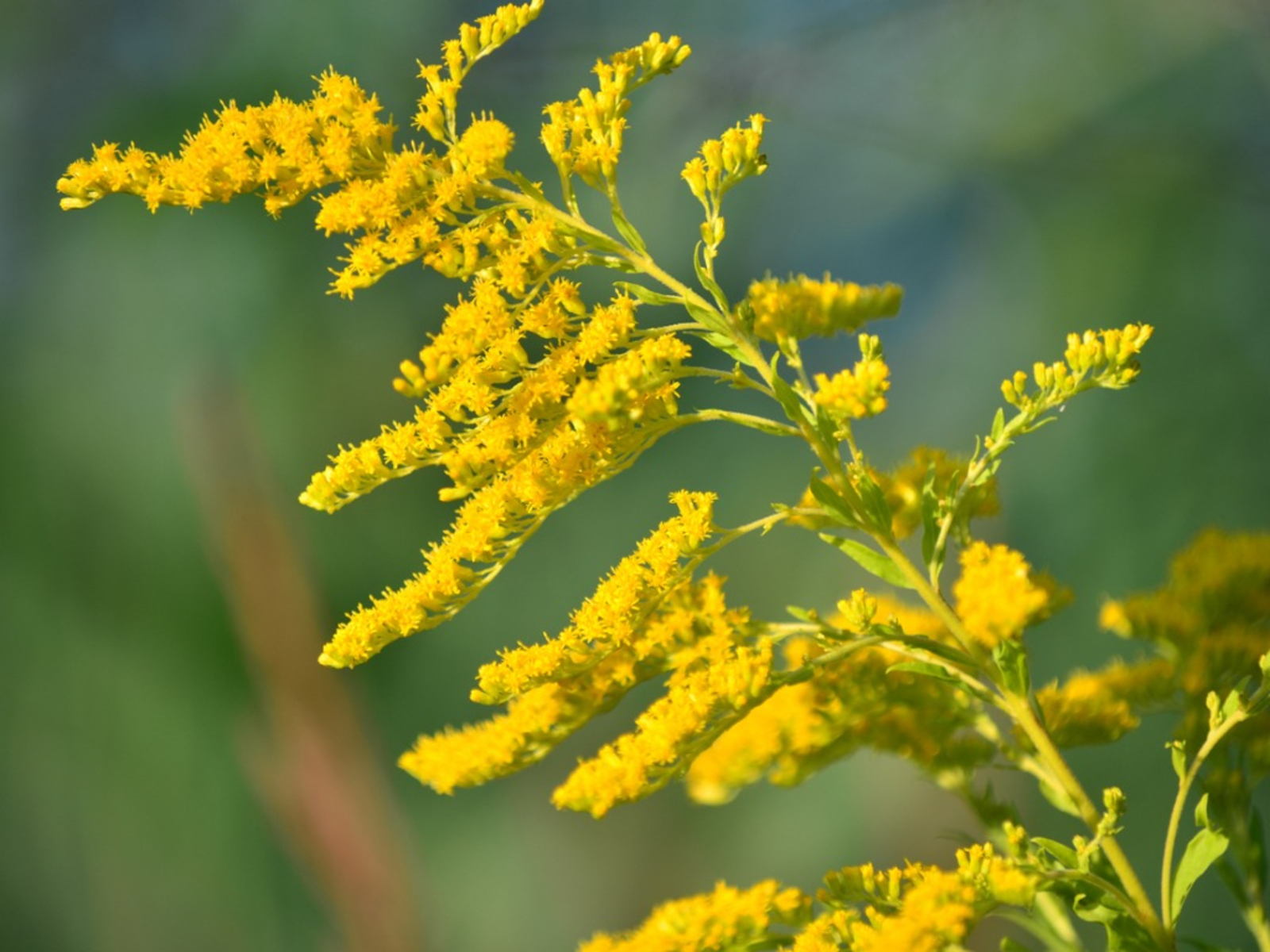
Goldenrod is a visually striking yellow flowering herb, known for its vibrant, dense flower clusters. Thriving in USDA zones 4-9,
Goldenrod is a resilient herb that adapts well to various soil types and is particularly drought-tolerant.
In addition to its ornamental appeal, Goldenrod is celebrated for its use in traditional medicine, particularly in teas to aid in inflammation and digestion.
Its bright blooms also attract pollinators, making it a beneficial addition to any garden.
12. Tarragon
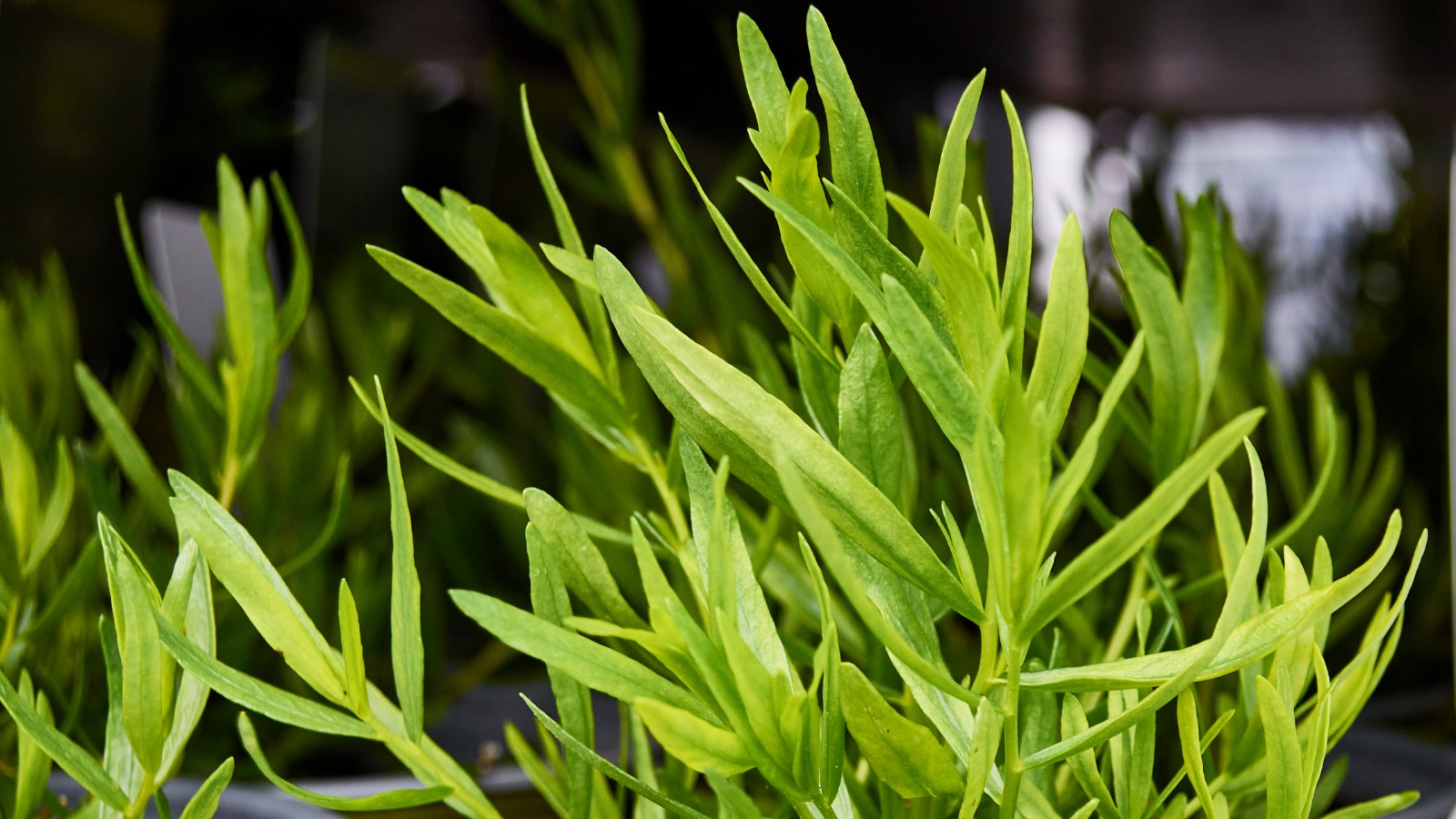
Tarragon, a culinary favorite, is a delightful herb with slender, aromatic leaves and subtle yellow flowering.
It flourishes in USDA zones 5-12 and prefers a sunny spot with well-drained soil.
Known for its anise-like flavor, Tarragon is a staple in many kitchens, particularly in French cuisine.
Medicinally, Tarragon is recognized for its potential to improve digestion and sleep quality.
Its leaves are also believed to have pain-relieving properties, especially for toothaches, making it a versatile herb both in the kitchen and for home remedies.
13. Jerusalem artichoke
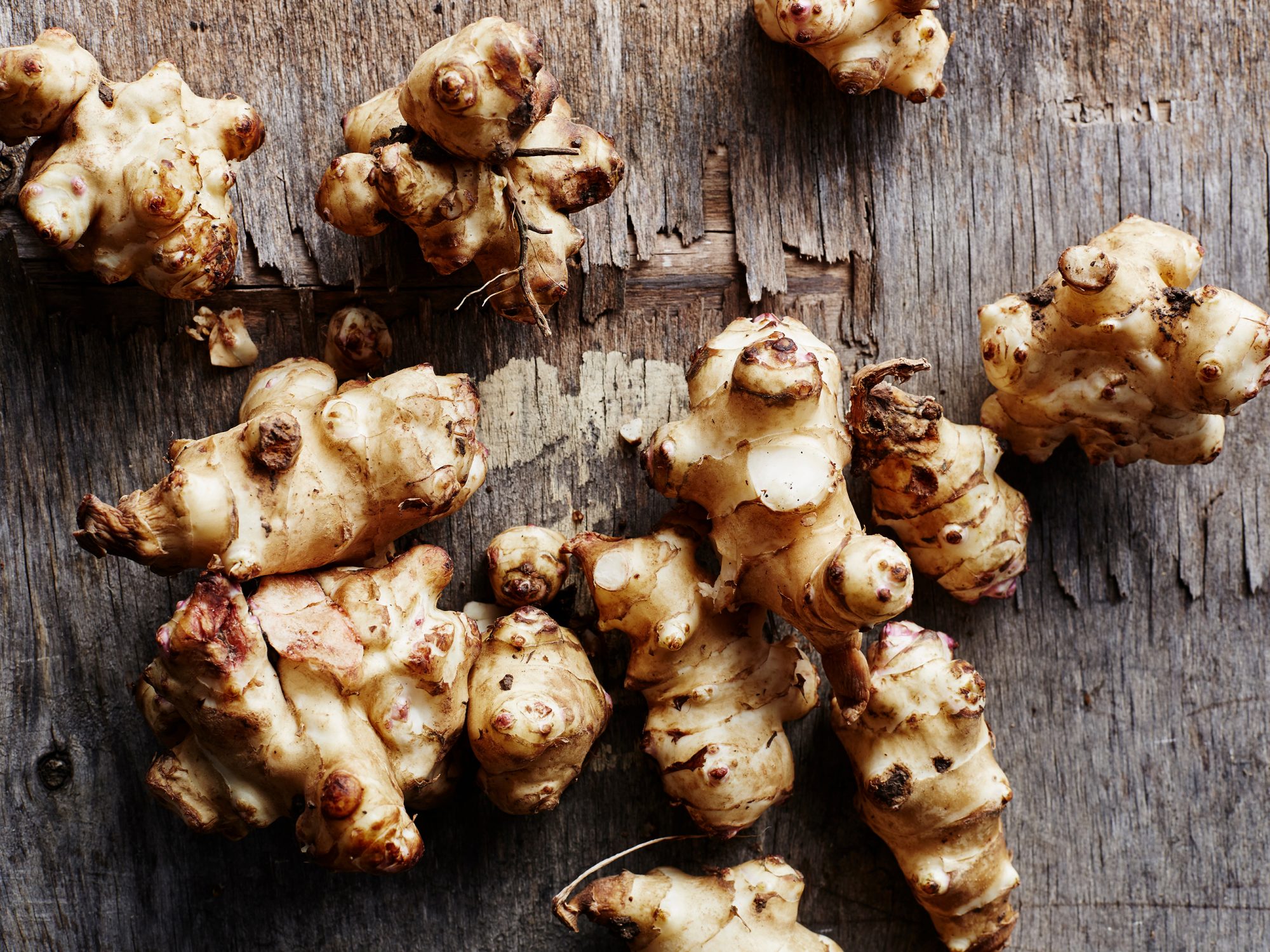
Jerusalem Artichoke, also known as sunchoke, is a yellow flowering herb that produces edible tubers with a nutty flavor.
This plant, related to the sunflower, grows well in USDA zones 3-8 and prefers full sun. It can reach heights of 6-10 feet, making it a striking presence in any garden.
The tubers of Jerusalem Artichoke are rich in inulin, a type of fiber that aids in digestion and blood sugar regulation.
They can be eaten raw or cooked and are a nutritious addition to a variety of dishes.
14. Mustard

Mustard, with its vibrant yellow flowers, is more than just a condiment source. This easy-to-grow herb thrives in USDA zones 7-10 and can adapt to a range of soil types.
Mustard plants are not only valued for their seeds, which are used to make mustard sauce but also for their edible leaves.
The leaves of Mustard plants are rich in vitamins and minerals, making them a nutritious addition to salads and cooked dishes.
Mustard seeds, besides culinary uses, are known for their anti-inflammatory and circulatory benefits.
Conclusion
Here, we have included the best 14 yellow flowering herbs: the most beautiful herbs with yellow flowers. We did this to the best of our knowledge to give you an insight into the world of yellow flowering plants.
We hope you will find this helpful, kindly comment down your opinion.

